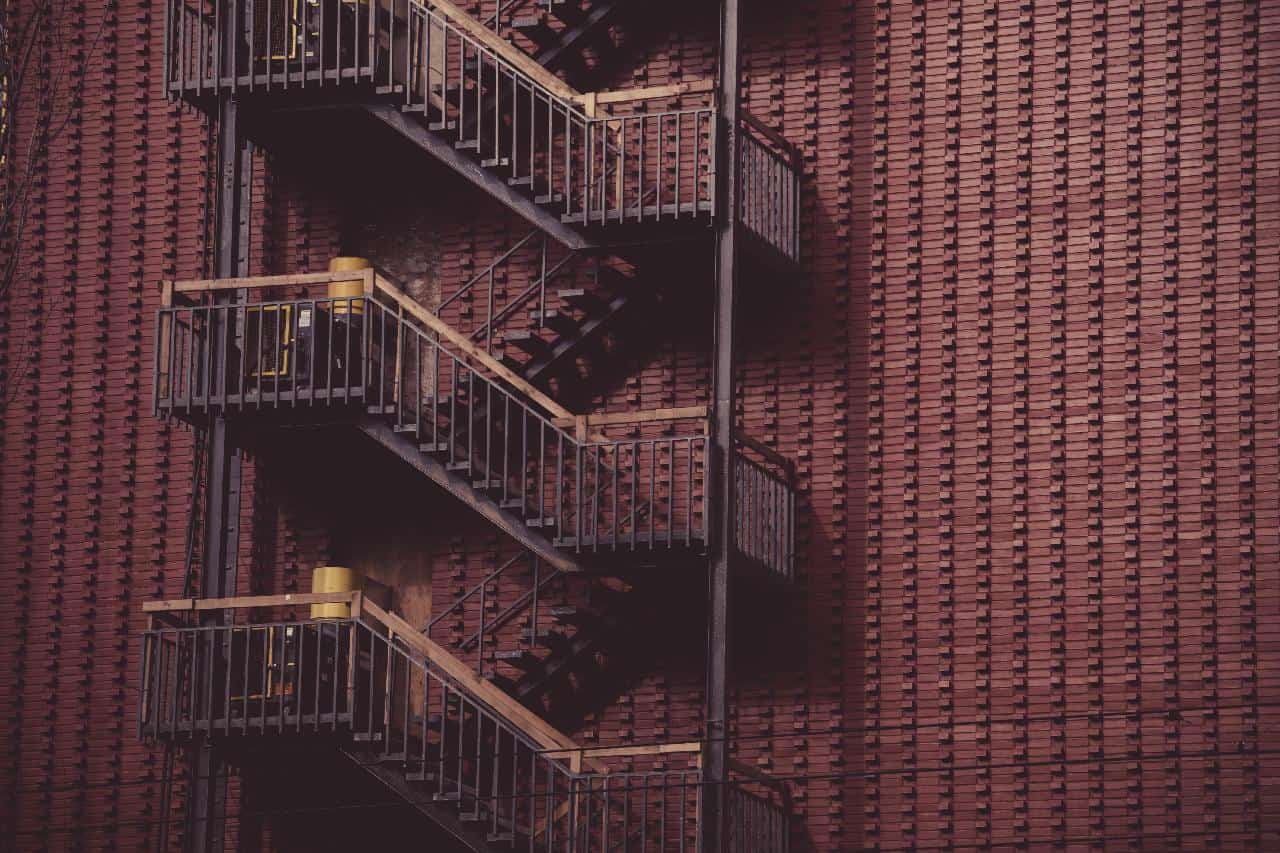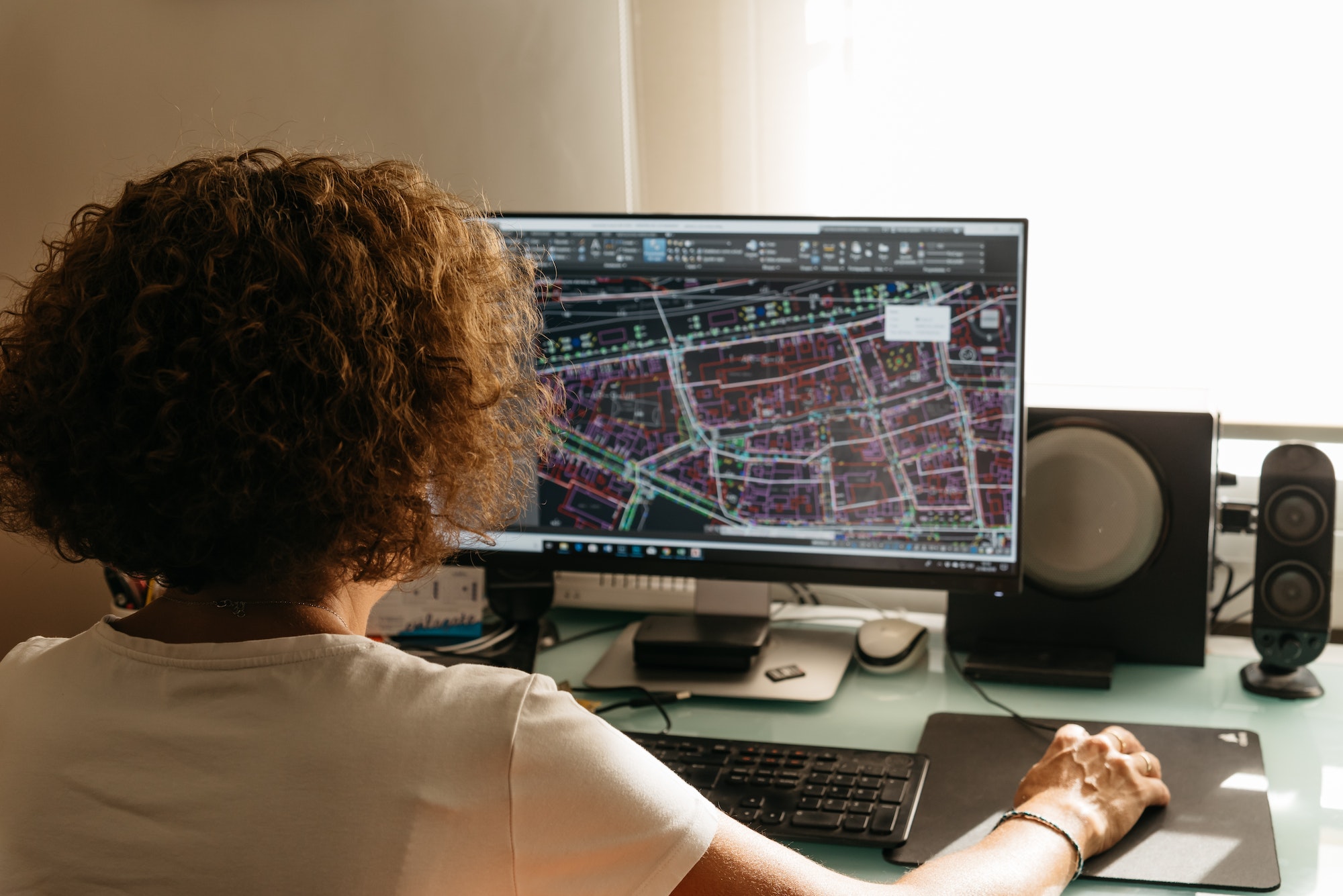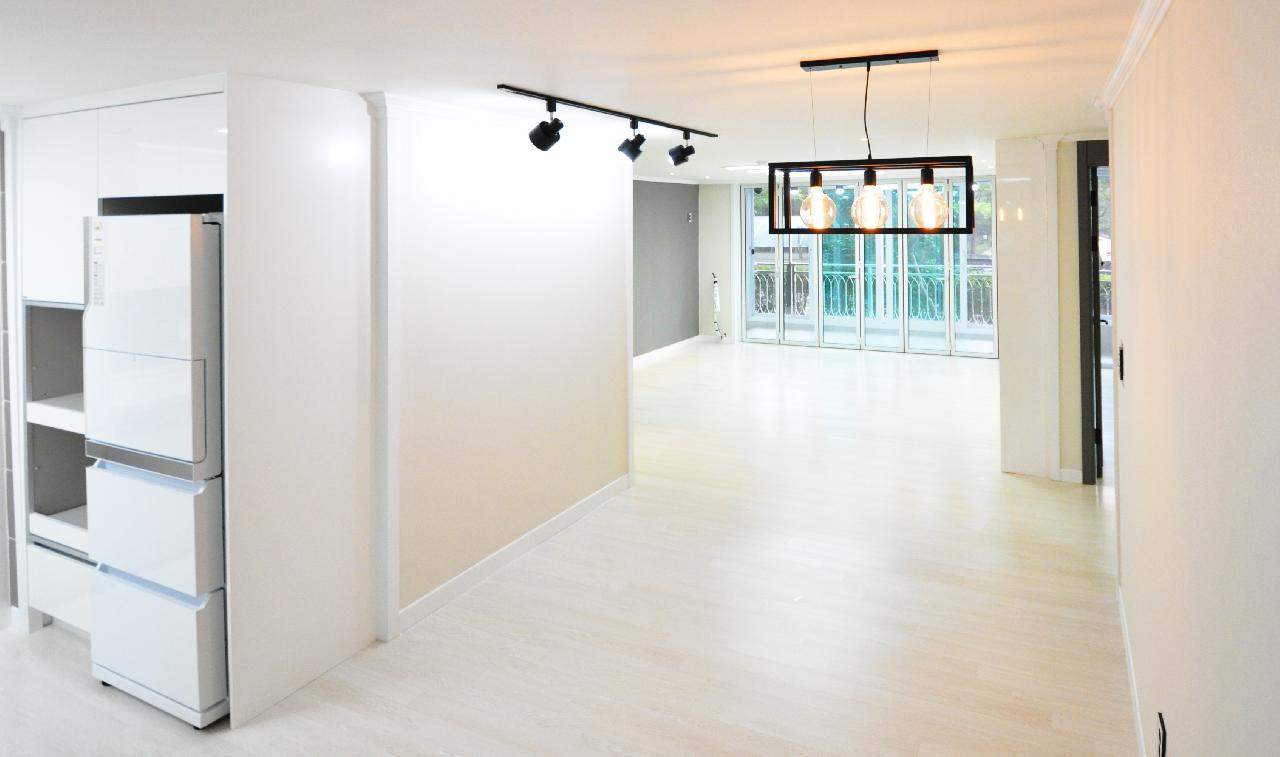In the case of an emergency, do you have a fire escape plan in place for your family? If not, follow this guide to keep your family safe.
Did you know that data from the U.S. Fire Administration showed that house fires led to an estimated 2,000 deaths and 7,500 injuries in 2018 alone? Many of these fires resulted from cooking incidents, smoking, and electrical malfunctions.
If you want to keep your family safe, you need to put the work into making a detailed fire escape plan. By doing so, you’ll have a clear picture of your home’s escape points and routes so that your family can escape more quickly. Your planning can also give you more ideas for fire prevention and detection.
Here are eight home fire escaping planning steps you should take.
- Consider How Many Fire Escape Plans You Need
Before you even start writing a plan, first have a discussion with your family and consider their needs. For example, if you have small children or family members with special needs, you may need to come up with multiple plans.
This might include having a more accessible escape route for an elderly relative with limited mobility or making an easy to remember route for your kids. You may also decide to make plans for multiple situations such as the fire’s location.
- Start Mapping Out Your Home
Proceed with making a detailed map of your home. You can find templates online through fire safety organizations, or you can draw it by hand.
Include your home’s entire layout with each room clearly labeled. You’ll also want to identify doors, stairs, halls, and windows so that you can later determine escape routes. Don’t forget to include places like your deck, garbage, and porch as well.
- Do a Thorough Walkthrough With Your Family
With your home’s map and any special considerations in mind, go ahead and get your family together. Walk through your entire house together to start thinking of multiple escape routes.
For example, you may identify that going through the door and hall out to the front door is an option for your bedrooms. However, you may check whether you could safely exit a window in case the fire has expanded so that you don’t get trapped.
- Choose Multiple Escape Routes
Now that you’ve gone with your family to discover several suitable escape paths, try to select the two best options per room. When deciding, consider any physical challenges of your family as well as any obstacles that could block the path.
For example, while going out of the window may be possible, it would be dangerous from the second floor unless you install an escape ladder. You’ll also want to consider paths that can allow your family members to get down low and avoid becoming overtaken by smoke.
Mark these routes clearly on your home’s map for your family to reference. You might also give each family member a printout of their specific routes.
- Share Your Plan and Instructions
After you have set a few good escape routes per location, it’s time to inform your family of all fire escape plans. When you do so, you’ll want to also make sure your family knows what to do and not to do as they try to escape using the suggested routes.
This means reminding them not to try to grab their favorite possessions and to instead leave as fast as safely possible. It also means sharing how to use crucial equipment like fire extinguishers.
You’ll also want to encourage your family to stay close to the ground and try to avoid inhaling the smoke. If a doorknob feels hot, warn them this is a sign to try an alternate route if possible. Remind them about stop, drop, and roll as well.
Also, tell your family that the focus should be on getting out rather than trying to dial 911. You’ll be able to call for help once you’ve reached an exit.
You’ll also want to set a specific location for everybody to meet. If you have children, give them instructions about waiting for another family member and avoiding taking off. However, if they’re old enough to be home alone, you might suggest they go to a trusted neighbor’s house in such a scenario.
- Have a Fire Drill for Your Household
While having a fire safety plan for your home and discussing it with your family will go a long way, it doesn’t substitute for actual practice. Once you’ve planned everything, you should have a fire drill at a time when everybody is home.
Although you could just tell everybody it’s time for a fire drill, you could try pressing the test button on the fire alarm so that it goes off and provides a more realistic warning. You’ll then walk through your whole plan and have your family exit as soon as possible.
If the fire drill doesn’t seem a success, then meet again with your family to educate them on your plan. You can do another drill a few days later.
- Consider Implementing More Fire Safety Measures
Along with having and testing your fire escape plans, take the opportunity to see if any fire protection installation or tools would help your family stay safer.
This can range from upgrading to smart smoke detectors that can call emergency services for you to installing sprinkler systems. You should also consider which locations might need a fire extinguisher or additional smoke detection equipment.
At the same time, don’t neglect to make sure your existing equipment works well. This means changing your smoke detector batteries when needed and testing whether fire extinguishers work.
Create Your Fire Escape Plan Today
With your family’s fire escape plan in place, you can reduce the chance of injuries or worse if you experience a house fire. You should also have more peace of mind that will help you handle such a situation in a calmer and more focused state.
You might consider also reaching out to your local fire department to find out if they’re holding any fire safety education events or resources. They may also have additional resources and offer fire escape exercises at community events.
For more tips for your home, check out our other posts.
Discover more from Futurist Architecture
Subscribe to get the latest posts sent to your email.




